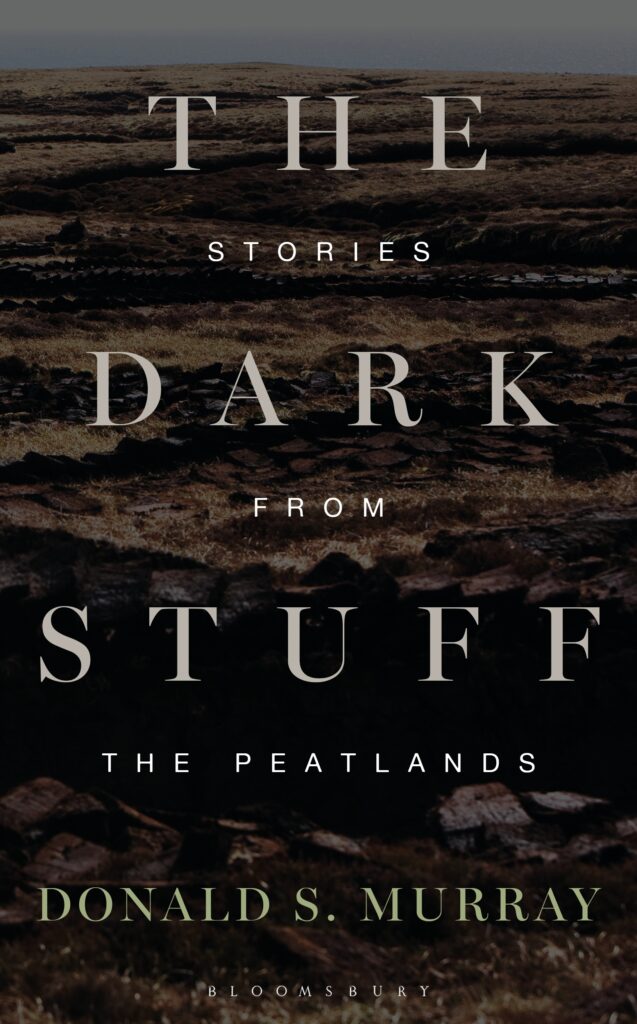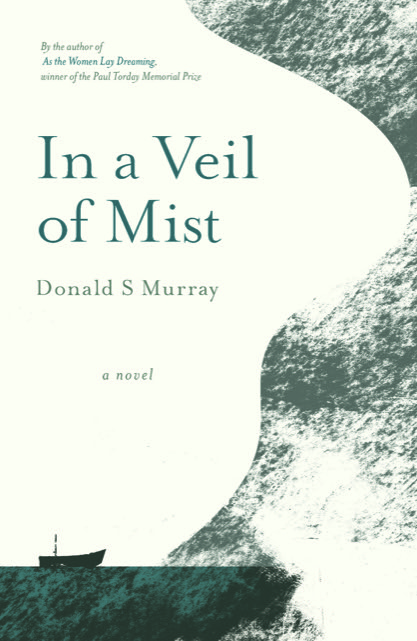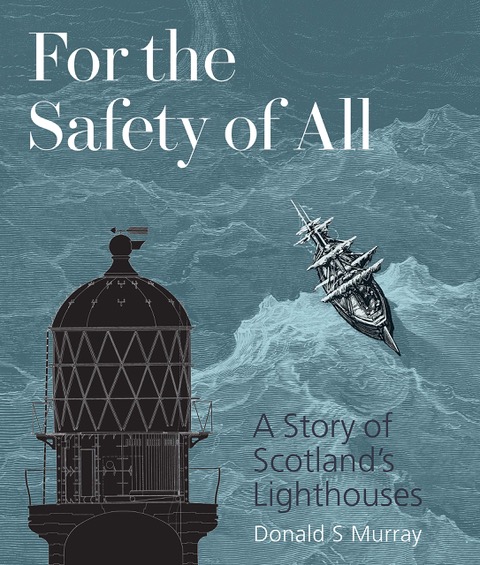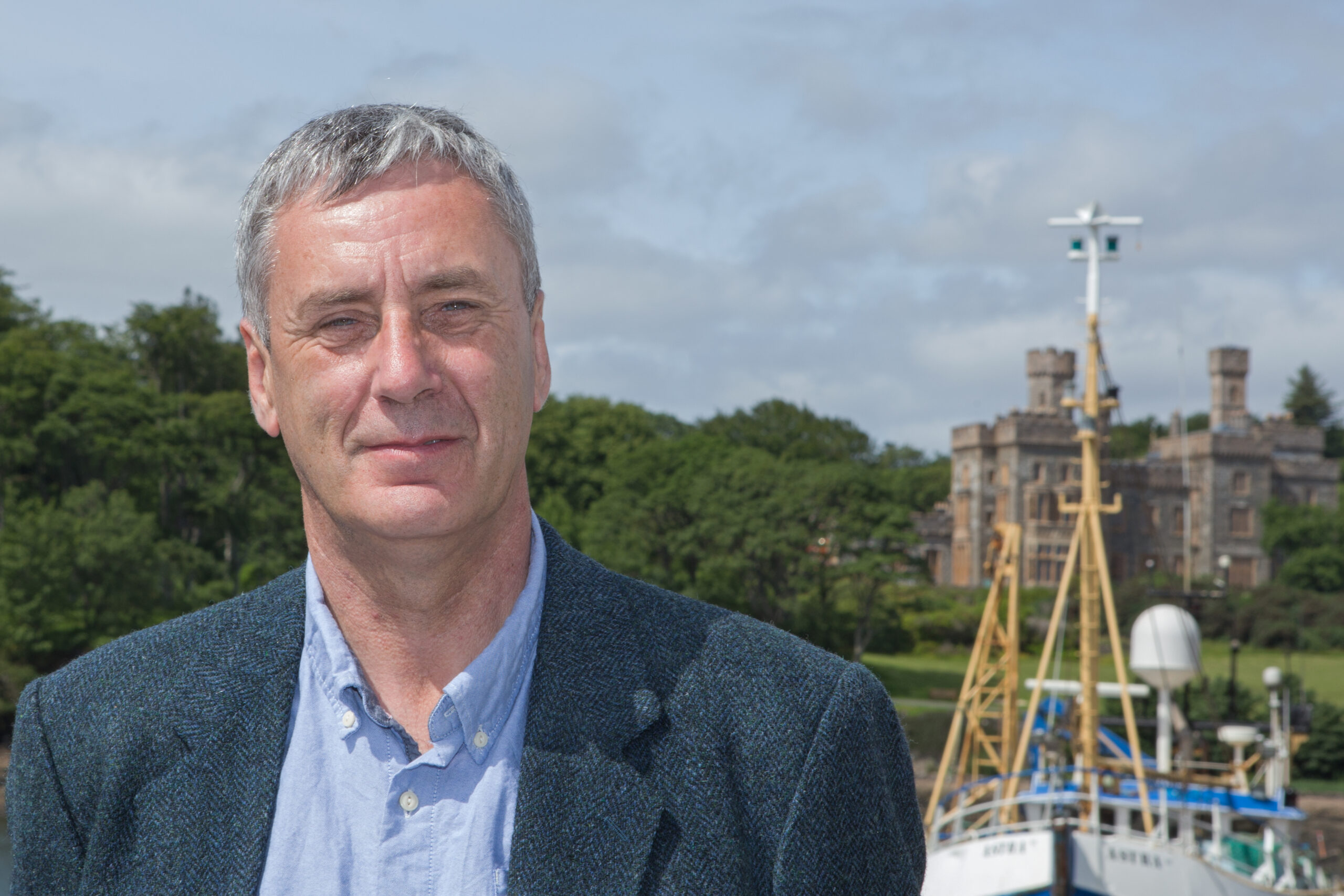Donald S Murray is the author of two critically-acclaimed novels set on his native Isle of Lewis. His debut, As The Women Lay Dreaming, which deals with the aftermath of the tragic sinking of the Iolaire, a ship carrying island soldiers home from World War I, won the Paul Torday Memorial Prize.
His latest work, In a Veil of Mist, which The Times described as a “moving portrait of a place and its people,” is set in 1950s Lewis against the backdrop of Operation Cauldron, the secret testing of biological weapons on animals on board a ship anchored in the Minch.
Donald is also a poet and a prolific producer of non-fiction writing, much of it dealing with the nature and cultural heritage of the Hebrides. In 2018 he came to the Islay Book Festival with his book The Dark Stuff: Stories from the Peatlands and he’ll be joining us again via Zoom on 10 June to share some of his latest poetry while exploring how peat landscapes and the peat-cutting tradition have given his work the flavour of an Islay whisky.
As a taster for that event, part of the Islay and Jura Peatlands Project being run by the Islay Natural History Trust, the festival’s Angus MacKinnon caught up with Donald for a chat about all things peat, his latest projects and life under lockdown.
Angus MacKinnon (AM): Peat and peatlands are very present in your work. How would you explain to someone who doesn’t know you why that’s the case?
Donald S Murray (DM): Growing up in Ness on the Isle of Lewis, and particularly from my early teenage years and onwards, peat and peatlands took up a considerable amount of my time and energy. As a young lad I’d be out with my father or my uncle and aunt helping to gather and turn the peats and then when we hit our teenage years we would be cutting. That was how our summers were spent, lifting and gathering the peats, taking them in a wheelbarrow across the stream etc etc. And then of course taking them home by tractor and that was a huge celebratory act in which an awful lot of people, all the neighbours, were involved. It created a strong sense of community in the place. For the peats, I think that was where, more than anything else, people worked together.
AM: Were you the sort of boy who would notice the moorland flora and birdlife that appear in your work?
DM: I was from a very early age and I think there are reasons for that. I spent some of my early years, until the age of seven, in East Kilbride. It’s what I remember most when I went to live in Ness – already at that age, I noticed, particularly the birds. I think if you are born to something you are not always really aware of it so much. I remember when we’d go along on the tractor and we’d see the lapwings going up, and Arctic terns swarming down on us. I even remember the first time I saw a bonxie or a skua. It’s a very clear memory – a day that we were out at the peats and it was one of the other people there, a man called Donald Campbell, who actually had Shetland connections, who identified the type of bird it was. When you were out on the moor sometimes looking for sheep it paid dividends to have a great awareness of the nature of the ground you were standing on because otherwise you could be up to your knees in a bog. So you learned to pay attention to the colours and watch out for things.
AM: There’s been a change in how we think of our peatlands in Scotland. More people are coming to recognise their value for bio-diversity and as a carbon sink. Bog comes from the Gaelic word meaning soft yet its connotations in English – ‘bogged down, bog standard’ – are almost invariably negative.
DM: When I was growing up in Lewis you got ‘apportionments’ of moor and these apportionments were a way of improving the land for the sheep or the cows. One of the great ironies is that nowadays crofters are being paid, possibly by the same authorities, for doing exactly the opposite – for rewilding the land.
AM: You write in The Dark Stuff that the idea of blocking ditches to return crofters’ fields to moorland, feels “like an insult to my ancestors.”
DM: Yes, a part of me feels that this whole idea of rewilding land is a denigration of their efforts. Most crofts you came across on the islands were originally on the shoreline. That was how it was in our village but now, thanks to the act of transforming the land generation after generation, you have houses a mile from the shoreline. The huge amount of work they put into cultivating very poor soil and we are now undoing that in one generation. And I don’t think the reasons have ever been properly explained to an awful lot of people. In my lifetime I’ve seen us go from one extreme, where you are trying to fertilise the land and improve it, to doing the opposite. I think there is a problem there and I don’t stand alone on that.

AM: Is there is also a part of you that can see the arguments for what is being done?
DM: Oh yes. I suppose the more modern side of me can see the advantages but I’m also very well aware of what my father’s generation would have thought. They would have been appalled.
AM: It is something to think of all the effort that went into creating pasture land that is now disappearing.
DM: They used peat for everything. If I go on the South Dell moor, there is an old fank there and it is built with turf. Some of the houses were insulated with peat. One generation of people utilised every inch of land, especially moorland and the next generation is almost undoing all that work. So I have mixed feelings about it.
AM: You write about the moorland of your childhood being a healing place. What did you mean by that?
DM: There were people who quite deliberately stayed out on the moorland – some of the people who were mentally disturbed, let’s say by their experiences of war and various things and actually I think sometimes they preferred to be in isolation. It was a healing place too in the sense of being somewhere you got your medicines from. Lus nan laogh, or bog-bean was regarded as a cure-all – I don’t know the English for these words, I always have to check them. Especially in the days before the NHS, a lot of people used these traditional medicines.
So it was a healing place in terms of mental health as a space people occupied. In villages in Lewis, a lot of people were stuck beside their neighbours for year upon year, so for people to go and stay out to a sheiling, or an àirigh, on the moor, that was in itself healing – you could break away if you had a difficult neighbour which some people obviously did. It was a place to get away and find tranquility.
AM: There’s a lot of focus on mindfulness nowadays – moorland is an environment where paying attention is rewarded.
DM: Yes it is and that in itself is very healing. On the moor around Dell, where I come from, in a sense things always look the same – so much so that men used to come out and put stones to provide landmarks around the place, to prevent people getting lost. The very mundane nature of a moor means you have to pay real attention.
AM: In your novel As the Women Lay Dreaming, the narrator, Alasdair, goes quickly from thinking of the moor as somewhere desolate and frightening to realising it was anything but drab and dull. Was that a realisation drawn from your own experience as a child?
DM: Yes, there probably was a slightly autobiographical element to that. When I went back to Lewis at the age of seven, I would have been used to the woodland that you had around East Kilbride and the moor, particularly in its emptiness, it does look hostile. It looks alien. But after a time you realise there is warmth, there is a kind of congeniality to it. You begin to think just how attractive it is – even the fact that it changes colours at different times of the year, in August it is purple. All of that adds to how we observe the moor.
AM: If you had pick one piece of Scottish moorland as your favourite, which would it be?
DM: Well, I loved walking across Loch Druidibeag in South Uist and also I love the moorland around my son’s place in Staffin in Skye. They are both greatly appealing. But I suppose my favourite piece of moorland, for all that it is slightly anonymous, is probably the one I grew up with in Ness. I’m thinking particularly about walking from Ness to Tolsta, which I’ve done several times and how I just love all the changes you see. There is an old Baptist chapel in Ness – I remember going to when I was young – and you’ve got a lovely meadow on the shoreline there and then you go up into the bracken of Tolsta and then you come to Garry Sands – it is just a wonderful walk.
AM: A favourite plant?
DM: I think it’d have to be the simple heather.
AM: Favourite time of year?
DM: August, despite the midgies and because of the colours.
AM: Favourite weather?
DM: Summer sunshine without the midges – so there’d be a light breeze blowing.
AM: On Islay I’d say a bright day in October.
DM: Yes, that would be lovely too!
AM: And lastly your favourite bird?
DM: The curlew, without any shadow of a doubt. When we played football when I was a young lad my father would say to me in Gaelic “Come home when you hear the curlew or the snipe” so that became the final whistle at the end of the match. At dusk the curlews start calling much more strongly, so that was the end of extra time for us. So that would be my favourite bird, because it brings back memories.

AM: How has the pandemic been for you as a writer based in Shetland, with a new novel, In a Veil of Mist, which is about Operation Cauldron in the Isle of Lewis that came out in the middle of it?
DM: In a way I found it (the pandemic) great. I did a wee book of poems, The Man Who Talks to Birds, during lockdown, I worked on the end of In a Veil of Mist – which was perfect in a way because it deals with the possibility of a kind of pneumonic plague caused by testing of biological weapons. And I’ve also been working on For The Safety of All, a book about the stories behind Scotland’s lighthouses.
So it has been a huge amount of work. In some ways because you could do nothing else, you just did it. There’s part of me that’s inherently quite sociable and that side had to be cut from my repertoire, so I just had to get on with it. I could not go out and see people so I just worked a lot of the time at home.
AM: Have you missed meeting readers and live literature events?
DM: I have and I haven’t. I found talking about As the Women Lay Dreaming emotionally quite draining by the end of it. We were being asked questions about traumatic events – I remember being asked about Aberfan, I was asked about Northern Ireland, about individual trauma – somebody who had discovered they were adopted in the playground. There is that element, specifically with that book, that is quite exhausting, thinking all the time about a trauma my own community suffered and I was aware of from when I was quite young.
AM: That will not be an issue with In a Veil of Mist? How would you describe it to a potential reader?
DM: It is in many ways a gentle book, despite the fact that it starts off with the possibility of a pneumonic plague! That goes on in the background in a way. It was certainly a far easier book to write. It was about distant experience – it didn’t touch my life to the same extent.
AM: You must be very pleased with the reception it has had?
DM: Yes, I’m delighted with the reception it has had. There has been some talk about a television programme. I’ve always thought it would make a very good television drama.

AM: When will we be able to see For the Safety of All?
DM: It comes out on the 29th of July. Doing it has been very, very demanding but also very rewarding. The photographs are just stunning. I start off with my own personal history of lighthouses – obviously the Butt of Lewis and even here, as I look out the window I can see Bressay lighthouse. Then we go into the past and the early lighthouses, like Bell Rock. The way I wrote the book it is largely about lighthouse keeper’s experiences – in individual rescues, in wartime, in literature and as custodians of nature; all of these things come together – innovation and tradition. I’m generalising here but I found the most interesting stories about lighthouses were probably in Shetland and Orkney. They were in the frontline during the war, plus the waters here were so dangerous.
AM: As we’re recording this, you are just about to go off Shetland for the first time in over a year. What are you looking forward to?
DM: I’m looking forward to seeing trees – a wee change from the usual environment! That and going out to a restaurant and having a glass of wine!
